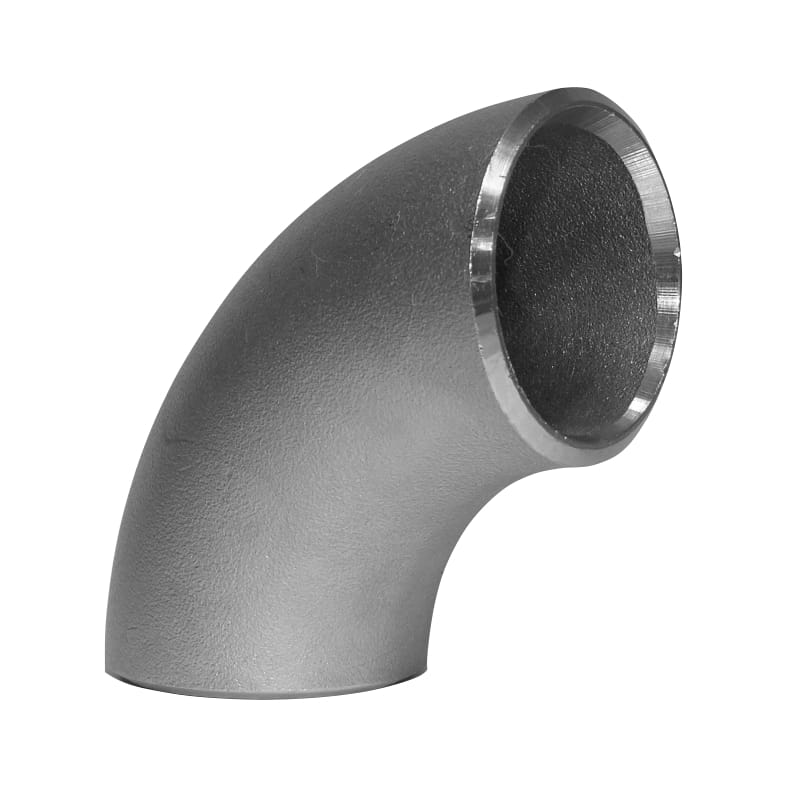-
Cangzhou Yulong Steel Co., Ltd.
-
Phone:
+86 13303177267 -
Email:
admin@ylsteelfittings.com
- English
- Arabic
- Italian
- Spanish
- Portuguese
- German
- kazakh
- Persian
- Greek
- French
- Russian
- Polish
- Thai
- Indonesian
- Vietnamese
- Zulu
- Korean
- Uzbek
- Hindi
- Serbian
- Malay
- Ukrainian
- Gujarati
- Haitian Creole
- hausa
- hawaiian
- Hebrew
- Miao
- Hungarian
- Icelandic
- igbo
- irish
- Japanese
- Javanese
- Kannada
- Khmer
- Rwandese
- Afrikaans
- Albanian
- Amharic
- Armenian
- Azerbaijani
- Basque
- Belarusian
- Bengali
- Bosnian
- Bulgarian
- Catalan
- Cebuano
- China
- China (Taiwan)
- Corsican
- Croatian
- Czech
- Danish
- Esperanto
- Estonian
- Finnish
- Frisian
- Galician
- Georgian
- Kurdish
- Kyrgyz
- Lao
- Latin
- Latvian
- Lithuanian
- Luxembourgish
- Macedonian
- Malgashi
- Malayalam
- Maltese
- Maori
- Marathi
- Mongolian
- Myanmar
- Nepali
- Norwegian
- Norwegian
- Occitan
- Pashto
- Dutch
- Punjabi
- Romanian
- Samoan
- Scottish Gaelic
- Sesotho
- Shona
- Sindhi
- Sinhala
- Slovak
- Slovenian
- Somali
- Sundanese
- Swahili
- Swedish
- Tagalog
- Tajik
- Tamil
- Tatar
- Telugu
- Turkish
- Turkmen
- Urdu
- Uighur
- Welsh
- Bantu
- Yiddish
- Yoruba

Dec . 20, 2024 08:29 Back to list
standard hose fitting size
Understanding Standard Hose Fitting Sizes A Comprehensive Guide
Hose fittings are essential components in various industrial, agricultural, and residential applications. They ensure a secure connection between hoses, pipes, and other equipment, facilitating the efficient transfer of fluids and gases. An important aspect of working with hose fittings is understanding the standard sizes, which can differ based on application, material, and regional standards. This article aims to demystify the standard hose fitting sizes, helping you choose the right components for your needs.
What Are Hose Fittings?
Hose fittings are mechanical devices that connect two or more sections of hose or pipe, allowing for the transfer of liquids and gases under pressure. They come in various shapes, sizes, and materials, including brass, stainless steel, plastic, and aluminum. The type of fitting required often depends on the application, the type of hose being used, and the fluid being transferred.
Standard Hose Fitting Sizes
Hose fittings are commonly categorized based on their size, which is critical for ensuring compatibility with hoses and equipment. The standard sizes for hose fittings are generally measured in inches or millimeters. In America, for example, common sizes include 1/4, 3/8, 1/2, 3/4, and 1 for hose inner diameters. European and other international standards may vary, using millimeter measurements such as 8mm, 10mm, and 12mm.
Moreover, it is important to recognize that the size of the fitting does not always correspond directly to the internal diameter of the hose. For example, a 1 fitting may not fit a hose with a 1 inner diameter; there is often a difference due to wall thickness and design specifications.
Types of Hose Fittings
There are several types of hose fittings, each designed for specific applications and pressure ratings
1. Barb Fittings These are the most common type, featuring a tapered design that allows them to securely grip the hose. They are often used for low to medium-pressure applications.
2. Threaded Fittings These fittings utilize threads to create a secure connection and are available in both male and female types. Common thread sizes include NPT (National Pipe Thread) and BSP (British Standard Pipe).
standard hose fitting size

4. Push-On Fittings These fittings allow for quick and easy assembly; hoses can be pushed onto the fitting without the need for clamps, though they are generally used for lower pressure applications.
Selecting the Right Hose Fitting Size
When selecting hose fittings, it is crucial to consider several factors
1. Application Requirements Always consider the pressure and temperature of the fluid being transferred. High-pressure or high-temperature applications may require specialized fittings designed to withstand those conditions.
2. Compatibility Ensure that the fitting is compatible with the hose material and diameter. Using mismatched sizes can lead to leaks, pressure loss, or even system failure.
3. Coupling Type Choose the right type of coupling based on how frequently you need to connect and disconnect the hoses. For instance, cam lock fittings are suitable for frequent changes, while threaded fittings provide a more permanent solution.
4. Material Considerations The material of the fitting is just as important as the size. Choose fittings made from materials compatible with the fluid being transported to prevent corrosion or contamination.
Conclusion
Understanding standard hose fitting sizes is essential for anyone working with fluid transfer systems. By being informed about the different types and sizes of hose fittings, you can select the appropriate components for your specific applications, resulting in safer and more efficient operations. Always double-check measurements, consider application requirements, and choose compatible materials to ensure a reliable connection. This knowledge not only simplifies the installation process but also promotes long-term functionality and performance of your fluid transfer systems.
Latest news
-
ANSI 150P SS304 SO FLANGE
NewsFeb.14,2025
-
ASTM A333GR6 STEEL PIPE
NewsJan.20,2025
-
ANSI B16.5 WELDING NECK FLANGE
NewsJan.15,2026
-
ANSI B16.5 SLIP-ON FLANGE
NewsApr.19,2024
-
SABS 1123 FLANGE
NewsJan.15,2025
-
DIN86044 PLATE FLANGE
NewsApr.19,2024
-
DIN2527 BLIND FLANGE
NewsApr.12,2024
-
JIS B2311 Butt-Welding Fittings LR/SR 45°/90° /180°Seamless/Weld
NewsApr.23,2024











